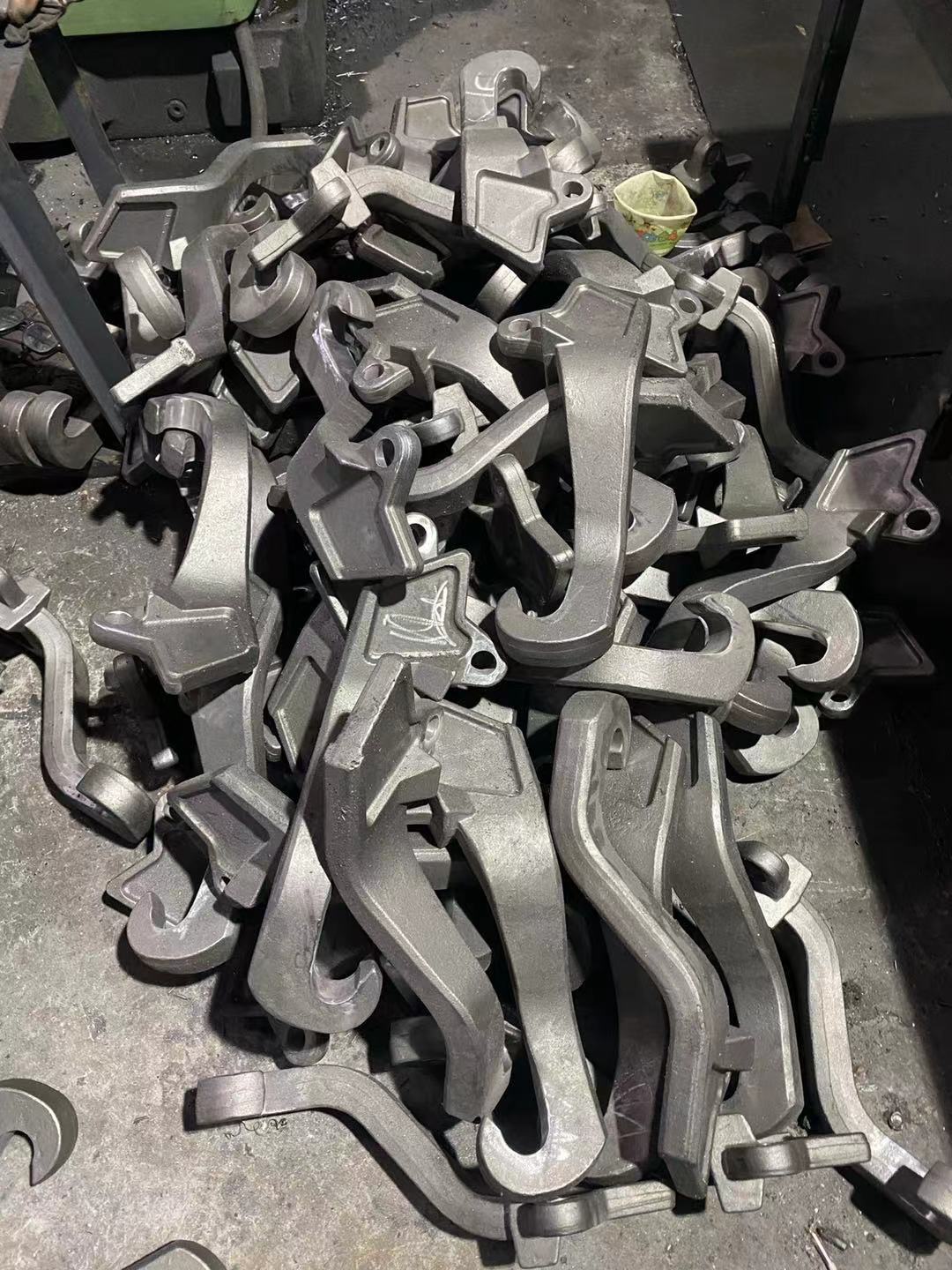Forging blank production
2022-10-12
The continuous and uniform metal fiber structure can be obtained from the forging blank. Therefore, forgings have good mechanical properties and are often used for important steel parts with complex forces. Free forging has low precision and productivity, and is mainly used for small batch forging. The model forgings have high dimensional accuracy and productivity, and are mainly used for medium and small forgings with large output.
Thin-walled parts are generally manufactured by casting. Forging blank casting is not suitable for thin-walled parts. If the diameter of each section is not very large, you can use a round rod; If the diameter of each section is different, forging blanks should be used in order to reduce material consumption and machining effort. Large parts are usually free forging, small and medium parts can be considered to choose die forging.
Forging is the process of making a blank or part by changing the shape and size of the blank and changing its mechanical properties under external force. Forging blank Metal blanks are usually heated during forging. Forging blank is the part blank obtained by forging method. When formulating the shape and size of the billet, in addition to attaching the billet allowance to the corresponding machined surface of the part, the influence of technological factors such as the manufacture, machining and heat treatment of the billet is sometimes taken into account. In this case, the shape of the blank of the forging blank may be different from the shape of the workpiece. For example, in order to facilitate the installation in the processing process, some billets need casting process convex surface, processing convex surface should generally be cut off after the part processing. Another example is a lathe opening and closing nut shell, which consists of two parts and a casting and is machined to a certain stage before cutting to make machining quality and machining convenient.

Thin-walled parts are generally manufactured by casting. Forging blank casting is not suitable for thin-walled parts. If the diameter of each section is not very large, you can use a round rod; If the diameter of each section is different, forging blanks should be used in order to reduce material consumption and machining effort. Large parts are usually free forging, small and medium parts can be considered to choose die forging.
Forging is the process of making a blank or part by changing the shape and size of the blank and changing its mechanical properties under external force. Forging blank Metal blanks are usually heated during forging. Forging blank is the part blank obtained by forging method. When formulating the shape and size of the billet, in addition to attaching the billet allowance to the corresponding machined surface of the part, the influence of technological factors such as the manufacture, machining and heat treatment of the billet is sometimes taken into account. In this case, the shape of the blank of the forging blank may be different from the shape of the workpiece. For example, in order to facilitate the installation in the processing process, some billets need casting process convex surface, processing convex surface should generally be cut off after the part processing. Another example is a lathe opening and closing nut shell, which consists of two parts and a casting and is machined to a certain stage before cutting to make machining quality and machining convenient.

X
We use cookies to offer you a better browsing experience, analyze site traffic and personalize content. By using this site, you agree to our use of cookies.
Privacy Policy



